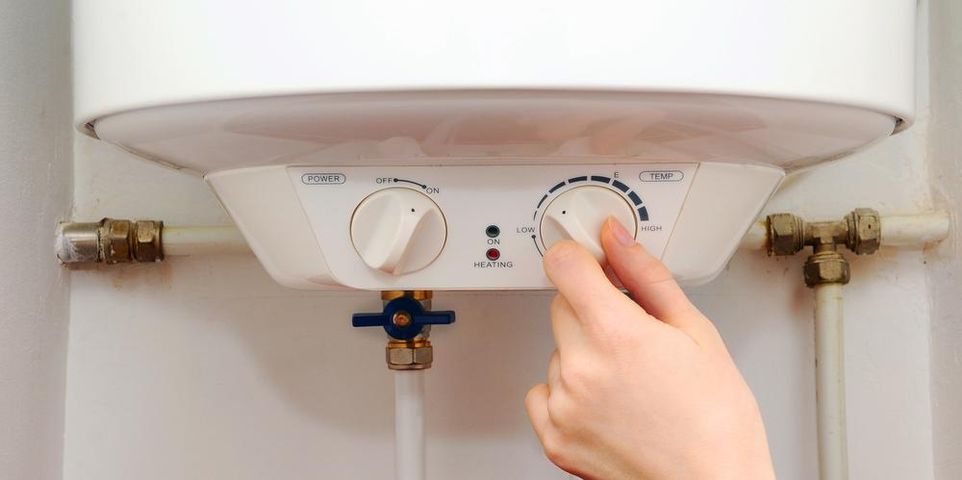
When your water heater acts up, it can wreak havoc on your daily life. Fortunately, there are some simple steps you can take on your own that can fix the problem or let you know what to say when you call a plumber. Read on for tips to troubleshoot your water heater.
One major complaint about water heaters is a temperature that’s either too cold or too hot. No one wants to step into a shower that’s not warm enough, nor do they want to scald their hands while doing the dishes. The first thing to do is check the temperature dial on your water heater. If it’s set correctly, water that’s too hot may be caused by a temperature-pressure relief valve that needs replacing; test this by lifting the handle to see if water drains properly. Meanwhile, water that is too cold may indicate a cracked dip tube that’s releasing cold water into an already-heated supply.

A water heater that won’t put out any hot water at all is a serious inconvenience. Gas water heaters need to be ignited to work properly; make sure your burner is working and that the gas supply hasn’t stopped. Electric water heaters rely on a steady supply of electricity. Try flipping the fuse and pressing the reset button.
Another common frustration is when your water heater seems to work well, but the hot water only lasts for a short time. Examine your heater for leaks and mineral deposits—that may explain the issue. It’s also possible that your water heater is simply too small and needs to be replaced.
If you hear strange noises coming from your water heater, it’s likely that sediment has accumulated inside. You may need to flush it out. Boiling noises are another sign that the temperature-pressure valve mentioned above is malfunctioning to a dangerous degree. If that is the case, call a plumber immediately.
When your water heater is experiencing a problem you can’t fix on your own, it’s time to call in the plumbing professionals. Miller Plumbing Inc. in Rush, NY, is available around the clock at (585) 533-1404 for emergency service in Monroe, Ontario, and Livingston counties. You can learn more about them on their website, or follow them on Facebook and Twitter.
About the Business
Have a question? Ask the experts!
Send your question

